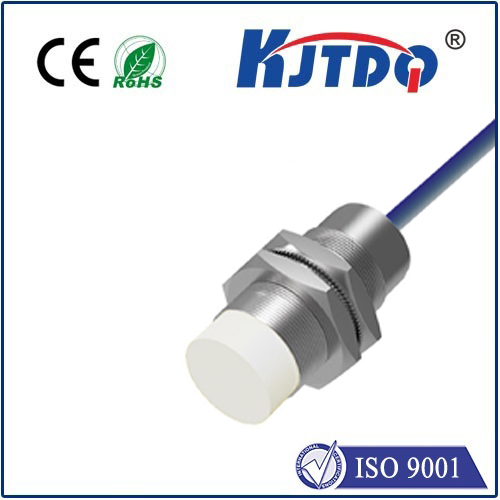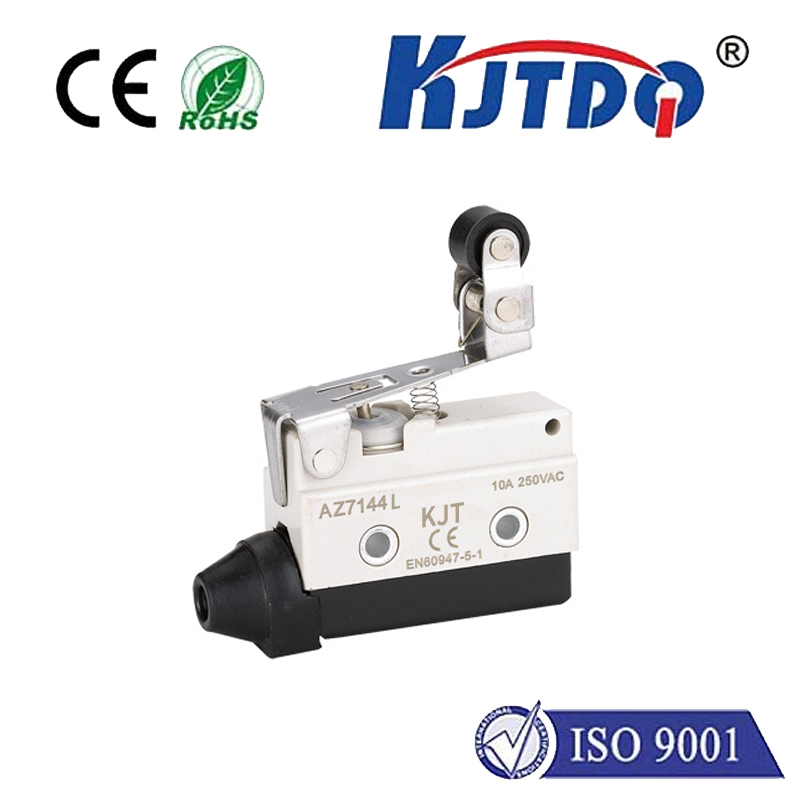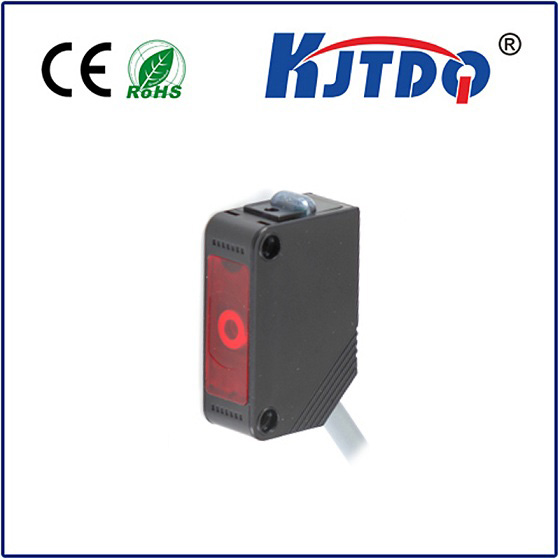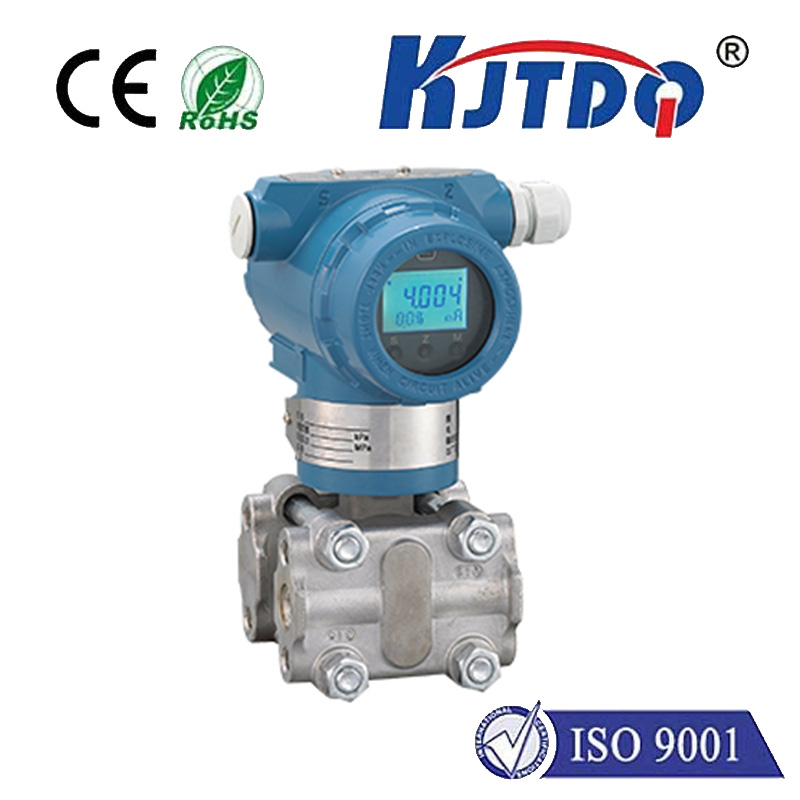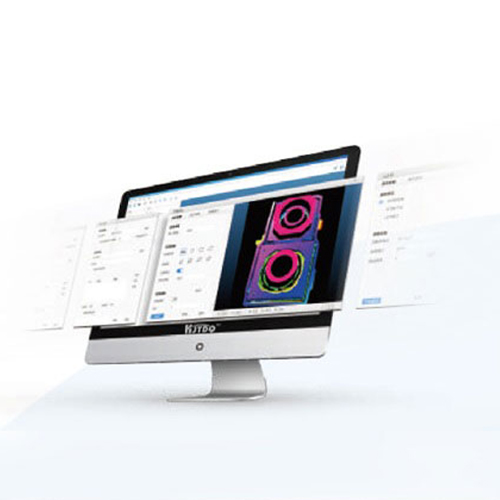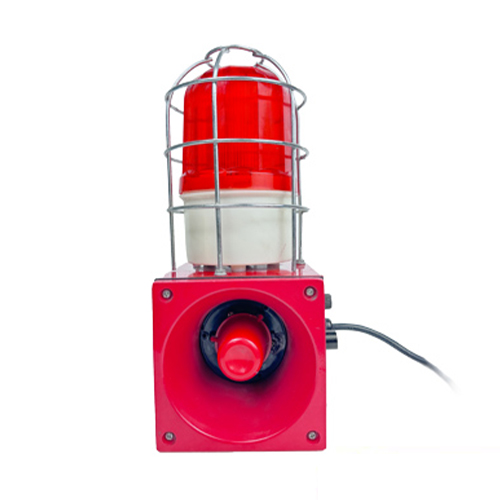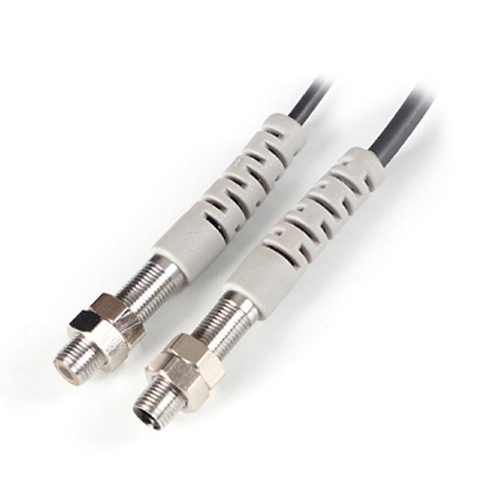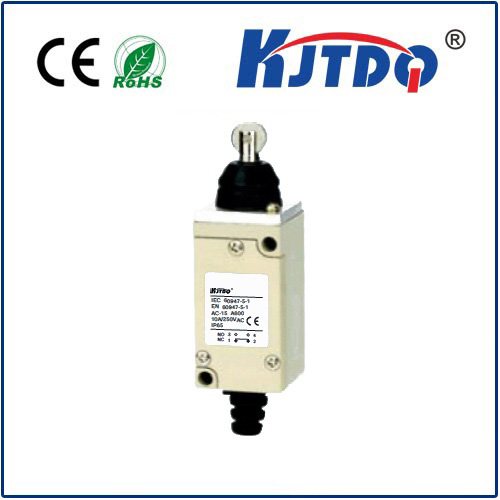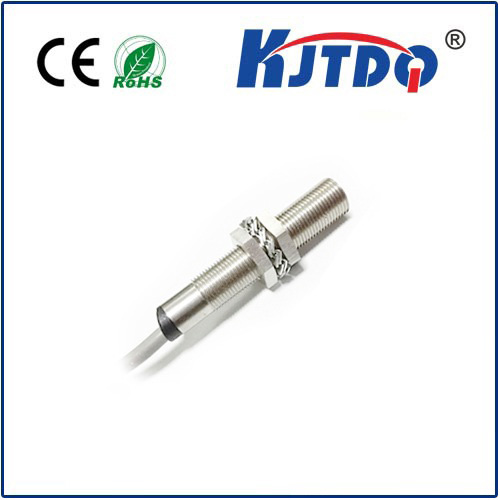

check

check

check

check

check

check

check

check

check

check
In the realm of electrical engineering, safety measures play a critical role in ensuring that equipment operates without posing a risk to users or the environment. Among these measures, power limit switches are essential components designed to regulate the flow of electricity and safeguard against potential damage caused by overcurrents. In this article, we will delve into what power limit switches are, their functions, applications, and benefits.
What is a Power Limit Switch?
A power limit switch is an electrical device that is specifically designed to monitor and control the amount of current flowing through a circuit. It works by detecting the current level and interrupting the flow when it exceeds a preset threshold. This mechanism effectively serves as a safeguard against excessive power surges that could otherwise lead to equipment failure or even fire hazards.
The Mechanism Behind Power Limit Switches
Power limit switches operate on the principle of electromagnetic interference (EMI). When the current surpasses the switch's threshold, it generates an EMI signal that triggers the switch to open the circuit and break the current flow. This rapid response helps protect the circuitry from damage caused by high-intensity currents.
Benefits of Using Power Limit Switches
The use of power limit switches offers several advantages:
1. Protection: By cutting off the current when it exceeds safe levels, these switches prevent overheating, circuit damage, and potential fires.
2. Reliability: They offer consistent performance, providing peace of mind that your equipment is operating within safe parameters.

3. Cost-effectiveness: Preventing damage means saving on costly repairs and replacements down the line.
4. Compliance: For industries with strict electrical safety standards, power limit switches ensure compliance with regulations.
Applications of Power Limit Switches
Power limit switches are employed across various sectors where controlling electrical currents is crucial. Here are some common applications:
1. Manufacturing: Industrial machinery often requires precise current control to maintain optimal performance and prevent accidents.
2. Solar Energy Systems: Regulating the power produced by solar panels ensures that energy is distributed safely to homes or grids.
3. Motor Control: To avoid motor burnout or damage due to overcurrent situations during start-up or operation.
4. Electric Vehicles (EVs): EV charging stations utilize power limit switches to manage charge rates and protect batteries from overcharging.
5. Data Centers: Ensuring that servers and network infrastructure operate under stable power conditions is vital for uninterrupted service.
Choosing the Right Power Limit Switch
When selecting a power limit switch, consider factors such as:
1. Amperage rating: Choose a switch capable of handling the expected maximum current load.
2. Response time: The quicker the switch can react to an overcurrent situation, the better it protects your equipment.
3. Compatibility: Ensure that the switch is compatible with your system's voltage and overall setup.
4. Certifications: Look for units that meet industry standards and have necessary certifications for added assurance of quality and reliability.
Conclusion
Power limit switches are more than just protective devices; they are essential tools for managing and maintaining the integrity of electrical systems. By understanding how they work and selecting the right switch for your application, you can significantly enhance safety, efficiency, and overall performance in any electrical environment. As technology continues to advance, so too will our reliance on robust safety mechanisms like power limit switches—ensuring that both people and equipment remain protected from the dangers of uncontrolled electricity.
